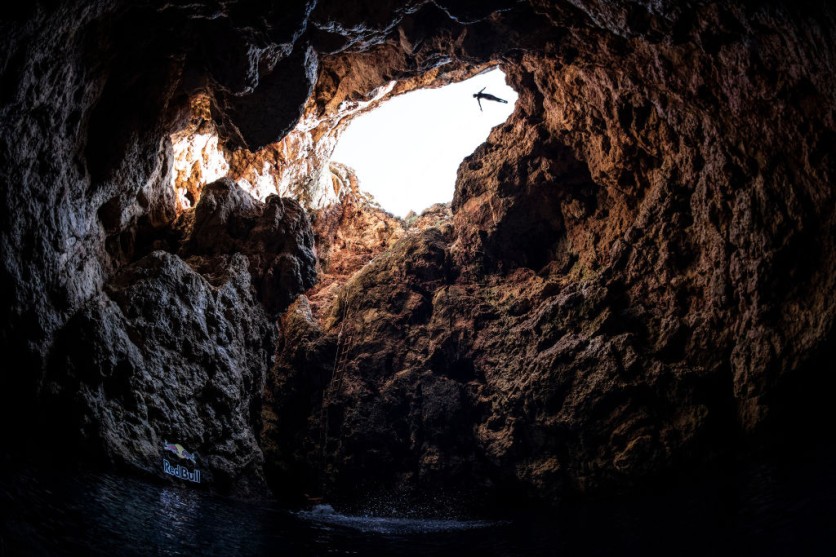Researchers from the University of Arizona have developed a new technology that uses the breadcrumbs method trick to guide robots through unusual environments, such as caves on Mars, drawing inspiration from the classic fairytale Hansel and Gretel.
"If you remember the book, you know how Hansel and Gretel dropped breadcrumbs to make sure they'd find their way back," Wolfgang Fink, founder and director of the Visual and Autonomous Exploration Systems Research Laboratory at Caltech and UArizona, said in a statement.
"In our scenario, the 'breadcrumbs' are miniaturized sensors that piggyback on the rovers, which deploy the sensors as they traverse a cave or other subsurface environment."

Mother Rover
The exploration system includes a primary ground-based rover, referred to as the "mother" rover, which would transport multiple smaller rovers to the entrance of a cave network. Once at the entrance, the smaller autonomous rovers would then venture off independently to explore various passages within the system, while the mother rover remains stationed at the entrance.
This technique enables the rovers to navigate and map the cave system even when the radio signals do not travel well through solid rock.
To map the cave system, the small rovers would transmit and receive radio signals to and from the "mother" rover parked at the entrance at regular intervals.
The radio signals would have to be transferred from one breadcrumb to the next because they could not pass through the solid rock. As the rover notices that the signal is waning, it will scatter another breadcrumb to pinpoint where the others are.
This method might be beneficial for mapping other types of terrain, such as disaster zones, dangerous environments, or other planetary surfaces.
The information transmitted by the small rovers would include data about their location in relation to the mother rover, as well as any data gathered by their onboard cameras and LiDAR sensors. Once all the information was collected, the mother rover could combine and process it to produce a detailed computer map of the cave system.
Read Also : NASA Perseverance Rover's Lightsaber Image Excites 'Star Wars' Fans; Here's What the Metal Tube Really Is
Disposable Small Rovers
The small rovers will be disposable, as each one would keep moving forward until it could no longer function due to depleted battery power, lack of breadcrumbs, or terrain obstacles.
By determining whether caverns and tunnels could be transformed into living quarters, the technology created by the researchers may potentially be used to analyze potential habitats for astronauts.
The researchers are now concentrating on developing a system for disseminating the breadcrumbs after successfully producing working rovers outfitted with communication gear.
The findings of the team were published in Advances in Space Research.
Related Article : Liquid Water on Mars? Scientists Reveal New Study Which May Prove This Claim About the Red Planet

ⓒ 2026 TECHTIMES.com All rights reserved. Do not reproduce without permission.




